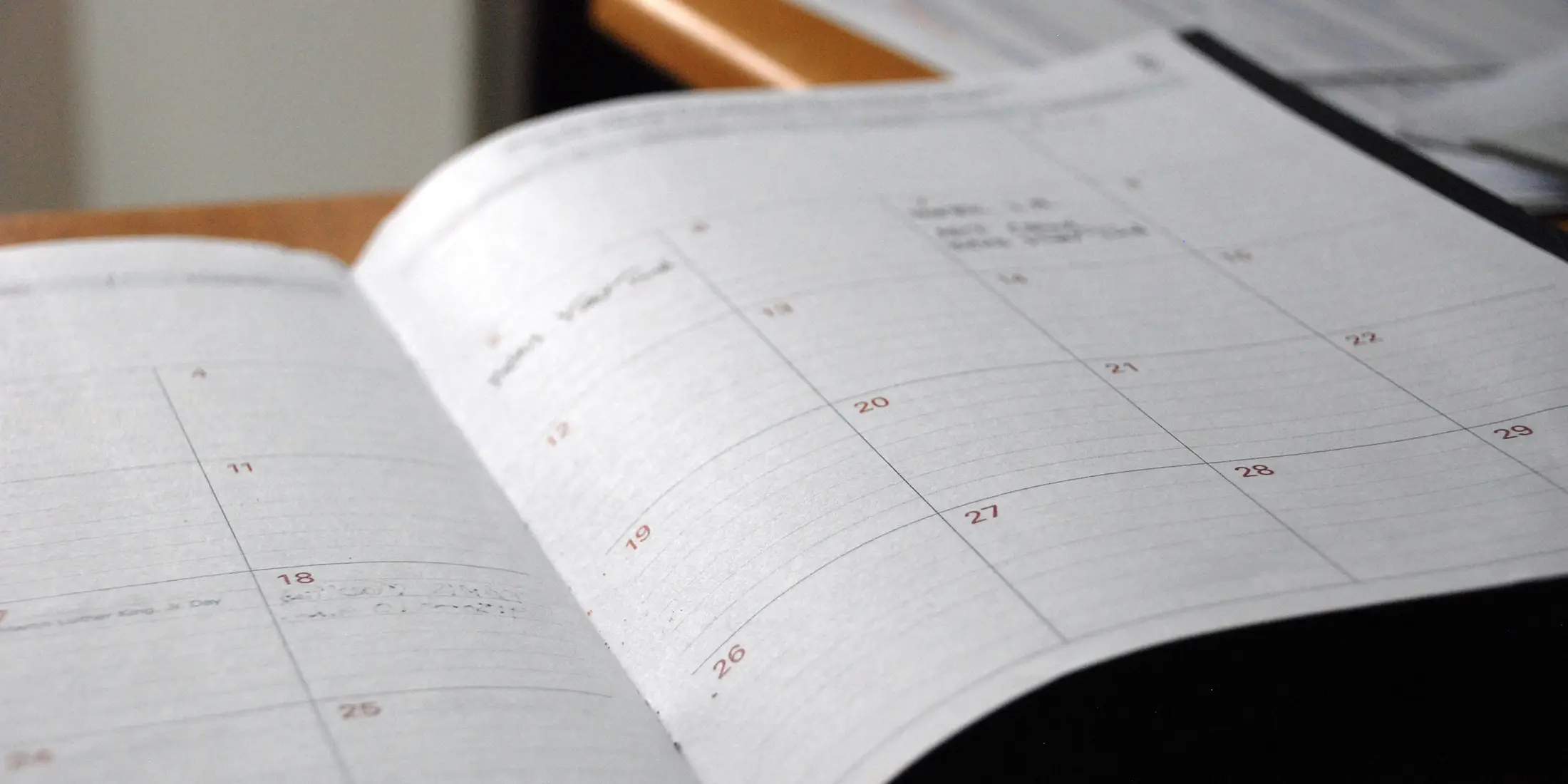After LSAC published the February 2014 LSAT test administration data, there was buzz that the long freeze of law school applications was about to thaw. For the first time in 15 LSAT administrations, test-taker numbers were up 1.1% and many speculated that applications during the 2014-2015 law school admissions cycle would either level or increase. Even more, a few media outlets were warming up to the idea that now might be a good time to get a law degree, for example:
Chicken Little seemed heading towards the sidelines and many law schools seemed genuinely optimistic.
That hope was short-lived.
What has happened since the February data was released? First, employment outcomes for the class of 2013 showed a flat job market when announced in April, notably per the National Association of Law Placement’s June 19th report, “* despite two years of growth in the number of jobs obtained by law school graduates, the overall employment rate for new law school graduates fell for the sixth year in a row.*” This can be found at:
https://www.nalp.org/2013_selected_pr
Next, the June LSAC pre-law forum in Washington D.C. saw attendance decline 37% from the previous year. Then in early July, LSAC published data showing that February’s LSAT administration uptick may have been an anomaly: total test-takers were down 9%, and first-time takers were down an astonishing 14%. Indeed, per LSAC, for June 2014 , 27% had previously taken the test while in June 2013, 22% had previously taken the test. The number most predictive for the application outlook, then, might well be the -14% first-time test takers. Especially when you look at how many people who are 2013/14 applicants retook in June with hopes of being admitted off of the waitlist for the current admissions cycle.
So, with the -14 % and the repeat test takers being tilted towards getting off the WL this cycle, the outlook looks to be down for 2014-15. For further points of data, we have also reached out to LSAT test companies who should have the leading indicator of Oct test takers, (which is actually in September in the United States this year) and they would indicate that it is unlikely that there will be a surge for October.
All of this means, likely, more of the same. Schools will recruit heavy; they’ll be on the road meeting with candidates in person through law school forums and fairs. Attendance will be down at these events, and perhaps even down sharper because of the new Law Admissions Workshop Series program from 14 law schools:
https://www.lawadmissionsworkshopseries.com.
Less attendance at school- and LSAC- sponsored events, incidentally, means potentially much more one-on-one time for you the applicant and increased ability to stand out and elevate your admissions prospects. Here is a former blog from SCG on exactly how to do this:
https://spiveyconsulting.com/blog/forums-fairs-win-lose-or-draw/
There will be even more reliance on yield protection from schools, most often masked (albeit not particularly subtly) in the form of “Why X Law School” optional essays and during in-person or Skype and phone interviews. (we still think we were on to something when we tweeted this idea for a “Why X” essay below)
The perfect "Why X Law School Essay" #autoadmit #lawschool #0Ls pic.twitter.com/FhOIcasNtC
— Spivey Consulting (@SpiveyConsult) October 1, 2013
Back to the upcoming cycle. We project quicker turn around on strong applicants early cycle — because of fewer applications plus the need to admit more people early cycle to have a surge of commits – and possibly a “bump” in admit chances in the earliest months of the cycle, Sept.-Dec.
A possible turning point this cycle might be in transfer applications and how transfer files have been read. Previously, there has been a sliding scale, of sorts, given to school reputation. For example, a candidate applying to a USNWR top 10 school might just need to be in the top 20% of his or her class from a top 20 school, but would likely need to be in the top 5% from a school ranked outside of the top 50. it looks like the ABA will likely start collecting transfer data, notably:
(1) Schools will now be asked to report, by name, each transfer student matriculate along with their previous law school and law school gpa.
(2) If there are 12 or more transfer students to a school, they must also report the 25/50/75 %. If there are between 5 -12 transfers matriculates, a school will only need to report the 50%. If there are fewer than 5 transfer matriculates, there will be no percentile reporting required.
A large question thus looms: will USNWR take hold of these metrics and introduce a new methodology to ranking (or perhaps an entirely separate and new transfer rankings) for law schools? If so, will schools now look much closer at 1L GPA and accept transfer applications from schools regarded as further down the prestige list? These are questions we do not have a definitive answer to and we await the cycle, including the September LSAT test data (released in October this year and which is the most highly correlated with full-cycle data), which will give us a much more complete picture. We will update the blog once we have it.

.png)





